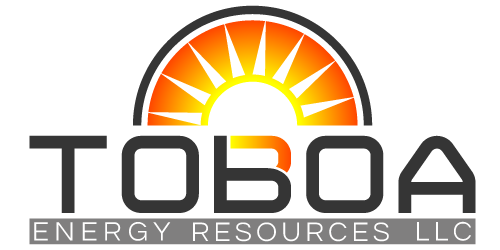Heat exchangers play a small yet vital role in power generation and many industrial processes. These machines transfer heat between fluids in factory environments, ensuring optimal temperatures for your operations. However, over time, they can accumulate dirt, scale, and other contaminants that impair their efficiency. Read on to discover various heat exchanger cleaning tips and the key things you need to know regarding effective maintenance.
Signs You Need To Clean Your Heat Exchanger
One of the most evident signs that your heat exchanger requires cleaning is a noticeable drop in its thermal performance. If you observe that the system is not heating or cooling as effectively as it used to, this could indicate a buildup of contaminants. Additionally, an increase in energy consumption without a corresponding increase in output often signals that the heat exchanger is working harder than necessary due to blockages. Other indicators include fluctuating temperatures, unusual noises during operation, and a visible accumulation of scale or debris on external components. Regular monitoring and maintenance can help detect these issues early, ensuring the longevity and efficiency of your heat exchanger.
Tip I: Rotate and Pressure Wash
One of the simplest yet most effective methods for cleaning your heat exchanger is to rotate the unit and apply a pressure wash. By rotating the heat exchanger, you can ensure all surfaces, including those in hard-to-reach areas, are exposed and accessible for thorough cleaning. A high-pressure washer can help dislodge dirt, scale, and other contaminants that have accumulated on the surfaces.
This method is particularly useful for plate heat exchangers, where the tight spaces between plates can easily collect debris and reduce efficiency. Using a suitable detergent or cleaning solution designed for heat exchangers can enhance the effectiveness of pressure washing. Always ensure the cleaning agent is compatible with the materials of your heat exchanger to prevent chemical damage. After washing, allow the unit to dry completely to avoid any residual moisture that could cause corrosion.
Tip II: Don’t Forget the Inner System
Make time to clean both the exterior and the inner system of your heat exchanger is crucial for comprehensive maintenance. While external cleaning can remove visible dirt and debris, internal cleaning addresses the less obvious contaminants that can significantly impede performance. Debris lodged inside the heat exchanger can cause blockages, reducing the efficiency of heat transfer and increasing the energy consumption needed for operation. By cleaning both the exterior and interior at the same time, you can ensure all contaminants are thoroughly removed, leading to optimal performance and longevity of your equipment.
Tip III: Embrace Preventive Maintenance
Preventive maintenance is a proactive approach that can save you significant time and money in the long run. Instead of waiting for your heat exchanger to show signs of inefficiency or failure, implement a regular maintenance schedule that can help identify and address potential issues before they escalate. This includes routine inspections, periodic cleaning, and timely replacement of worn-out components.
Incorporating these heat exchanger cleaning tips into your regular maintenance routine and understanding these key things to know is essential for optimal performance and longevity. Ultimately, these key practices not only enhance efficiency but also prevent costly downtime, ensuring your operations continue to run at their best. Find quality and reliable industrial heat exchangers here at Toboa Energy Resources!

